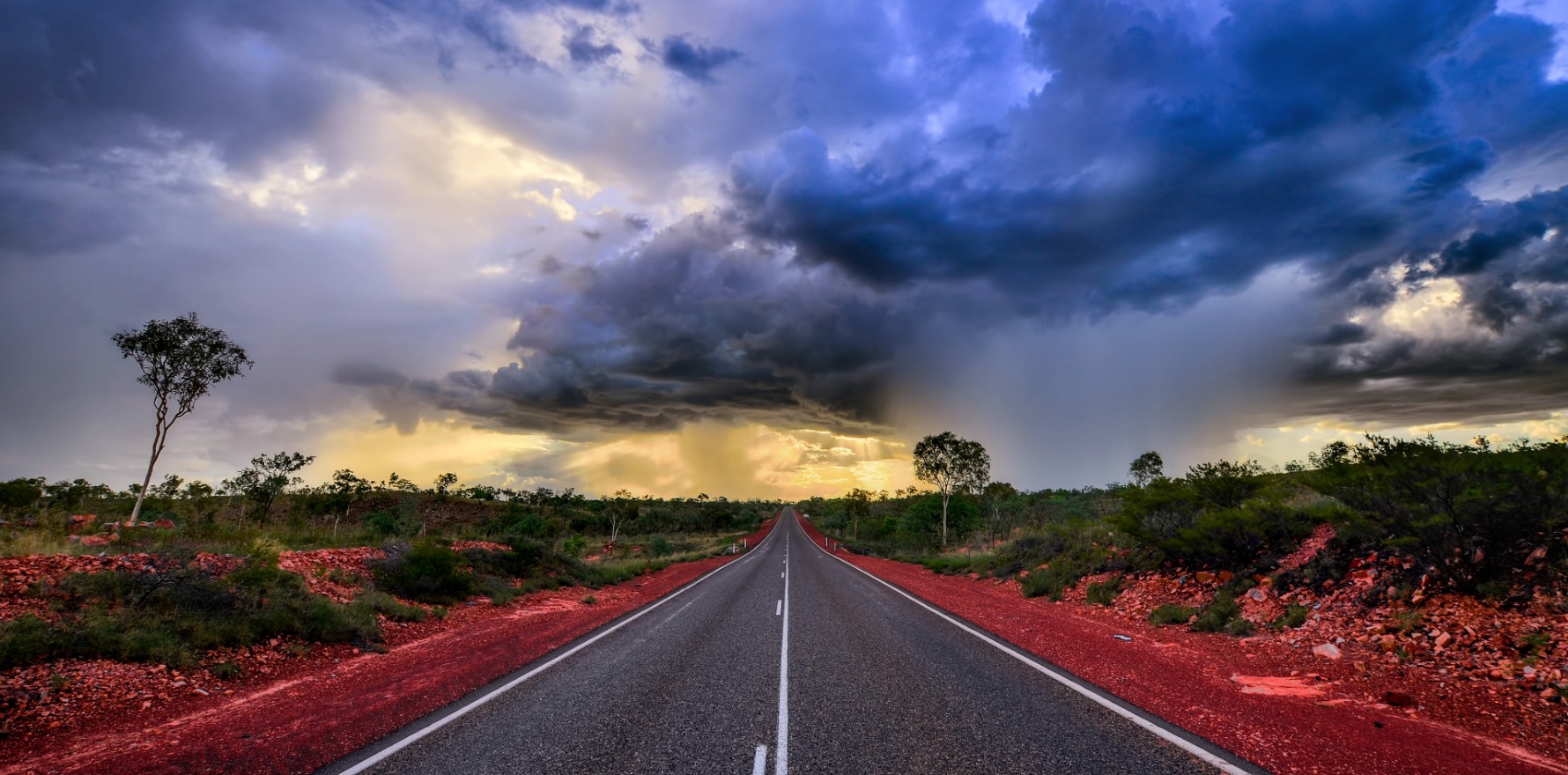A lull in infections due to the pandemic may herald worse outbreaks in susceptible young children.
The welcome drop in RSV rates over the pandemic could actually spell disaster, as the virus returns and wreaks havoc on unprotected children.
Thanks to restrictions introduced to combat covid, rates of flu and RSV have plummeted in Australia and internationally. For example, Western Australia experienced a 98% drop in RSV over winter.
But some experts are warning of “alarming epidemics” on the horizon when covid restrictions lift further.
“The increase of an immunologically naïve population, with infants born from mothers who have not reinforced their immunity to RSV, could lead to greater RSV epidemics in the coming seasons,” said pediatrician Professor Fabio Midulla, at the University of Rome, in Pediatric Pulmonology.
This may already be occurring in Queensland.
Professor Paul Griffin, head of infectious diseases at Mater Hospital in Brisbane, said that RSV has been a “significant problem” for most of this year.
“We’ve certainly seen a very significant increase in admissions, particularly in the paediatric population,” he said. “And we’ve seen a large number of cases in the community as well.”
Data from recent months haven’t yet been published by the Queensland Department of Health, but their figures from January to March show that 3642 children under age 10 had confirmed RSV, compared to 709 in the same period last year.
Hospital admissions also increased almost fivefold, reaching 1151 early this year, compared to 238 last year.
In pre-pandemic times, RSV rates would spike in winter months, thanks to environmental and behavioural factors. “Cold temperatures stabilize the RSV lipid envelope, humidity facilitates the deposition of heavy droplets on surfaces and, during cold and rainy periods, people stay indoors, where RSV transmission is easier,” wrote Professor Midulla.
But Australia and other countries are seeing RSV shift into a summer virus.
Surveillance data from Western Australia indicates despite almost no winter cases, numbers grew rapidly from September, overshadowing the average seasonal peak from the previous seven years.
In contrast, flu rates have remained consistently low.
Researchers are now debating what this means for our understanding of RSV. Physical distancing and hygiene almost certainly helped to squash rates, and a pause on international and interstate travel may have also contributed. But the initial rise in Western Australia’s RSV rates occurred before state borders opened, suggesting that RSV has local reservoirs.
New South Wales and Victoria have also seen a shift from winter to summer peaks. But this change of seasonality may not simply be a benign curio.
Reports from the US this year suggest that when children do contract the virus, they may become sicker with it.
Researchers found that of almost 200 children admitted to one New York hospital this year with the infection, 80% were admitted to ICU – almost double that of the previous season. They tended to stay slightly longer, and the average age plummeted from 17 months to six months.
RSV is responsible for most of the acute lower respiratory tract infections in children, and most severely affects very young children.
Almost all children are thought to contract the virus for the first time before age two. Subsequent infections are milder, but it is thought that the body doesn’t mount an effective long-term response.
Some researchers believe that maternal antibodies help protect neonates and infants, with some evidence indicating that the extent of RSV exposure in pregnancy corresponds with maternal antibodies in infants.
Infants may gain some protection from the virus thanks to the immunoglobulin antibodies from their mothers, preventing severe disease. But those antibodies may also stymie the child’s ability to form long-lasting immunity.
Professor Brian Heijj, a retired virologist and pathologist, said that while the mother’s protective antibodies could help train the infant’s immune system to handle RSV when exposed to it, mask wearing and social distancing meant that many weren’t getting this experience.
As a result, such immunologic training could be inadequate, he said. As yet, it’s unclear if this definitely was the mechanism responsible, and more studies were needed, he added.
Understanding why some infants appear to be more at risk, as well as the difference between RSV and flu transmission, will prove important to preparing hospitals and GP clinics for upcoming seasons. Clinicians may now need to prepare for kids presenting with conditions such as bronchiolitis more in the summertime, and less in the wintertime.
Professor Griffin said that some of the increased figures could potentially be due to more testing of respiratory viruses to find covid, but noted not all labs also tested for RSV. The major concern, he said, was the risk that people would receive a negative covid test and wouldn’t be followed up for RSV or other infections. This was a concern shared by Professor Midulla: “It is crucial to prepare the scientific community and to keep RSV surveillance active to avoid dramatic consequences.”


